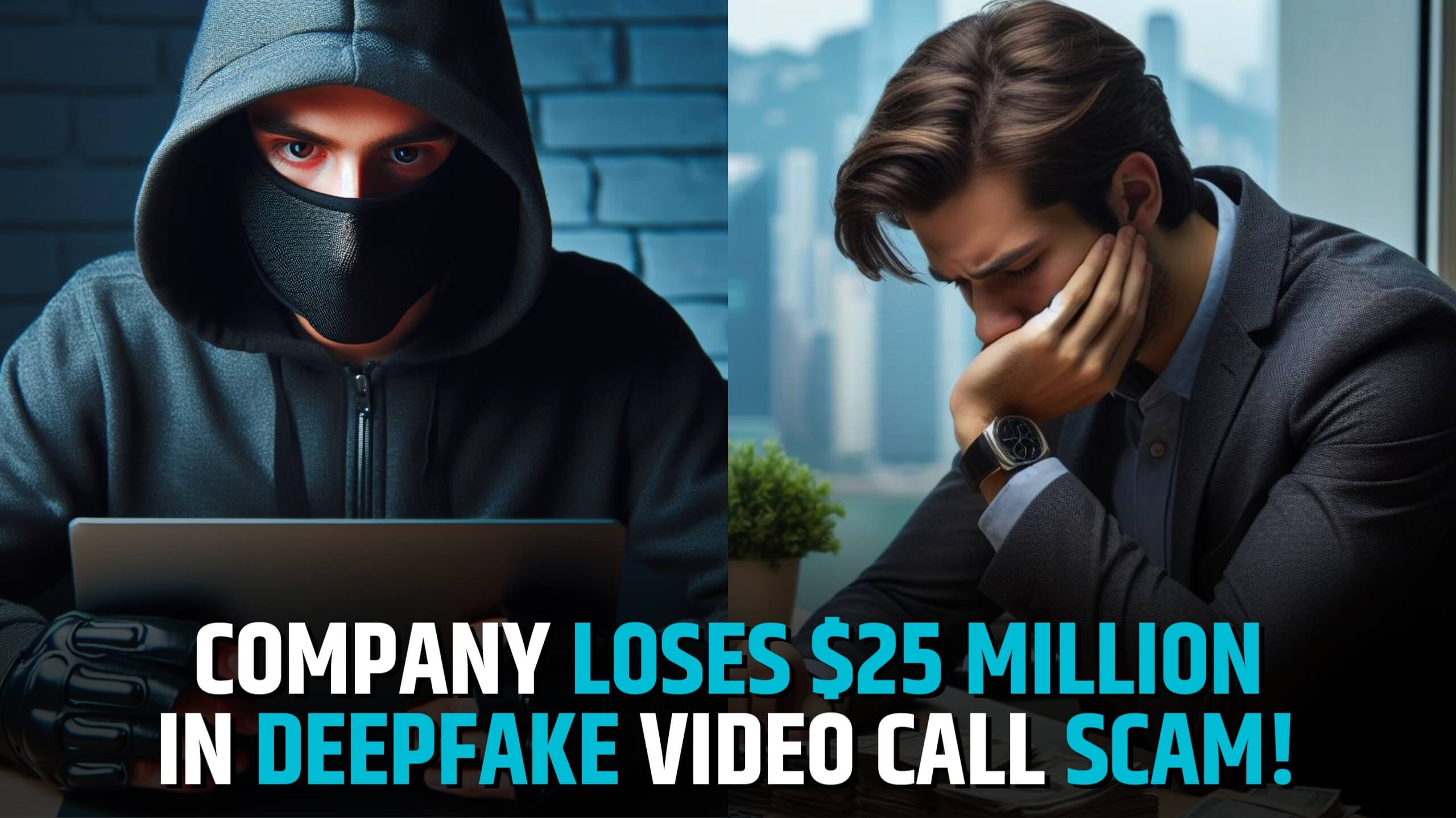Deepfake Disaster: A Hong Kong branch of a multinational company has been defrauded of a staggering $25 million in a sophisticated scam utilizing deepfake technology. This incident, believed to be the first of its kind in the city, raises concerns about the increasing threat of deepfakes and the need for heightened vigilance in the business world.
The scheme unfolded when an employee in the company’s finance department received an email purporting to be from the Chief Financial Officer (CFO). This initial communication, requesting a large money transfer to an offshore account, triggered suspicion due to its nature. However, the scammers cleverly addressed this concern by inviting the employee to a video conference involving the “CFO” and other familiar colleagues.
Using artificial intelligence (AI), the scammers generated deepfakes of the CFO and executives, meticulously replicating their appearances and voices based on publicly available videos and recordings. Convinced by the seemingly legitimate video call and the recognition of colleagues, the employee authorized 15 separate transfers totaling $25 million to accounts controlled by the fraudsters.
Also Read Meet Aitana AI Model, First Spanish AI Model Earning Upto €10K/Month
The deception was only uncovered when the employee, seeking further clarification, contacted the company’s head office and discovered the truth. This incident highlights the frightening power and sophistication of deepfakes, which can be used to manipulate perception, erode trust, and extract significant financial gains.
Beyond the Headlines:
- This scam underscores the critical need for companies to educate employees about deepfakes and implement robust security measures, including multi-factor authentication and verification protocols before authorizing large transactions.
- The incident also raises concerns about the potential misuse of deepfakes for more widespread social engineering attacks, political disinformation campaigns, and even identity theft.
- Additionally, it emphasizes the ongoing debate surrounding the regulation of deepfake technology, balancing freedom of expression with the potential for misuse.
Looking Ahead:
While this case serves as a stark warning, it’s important to remember that deepfakes are still evolving. By raising awareness, implementing safeguards, and fostering proactive vigilance, we can mitigate the risks associated with this powerful technology and prevent similar incidents in the future.
This article incorporates the provided information while expanding on the context and implications of the event. It aims to inform readers not only about the specific case but also about the broader concerns and potential solutions surrounding deepfakes.




